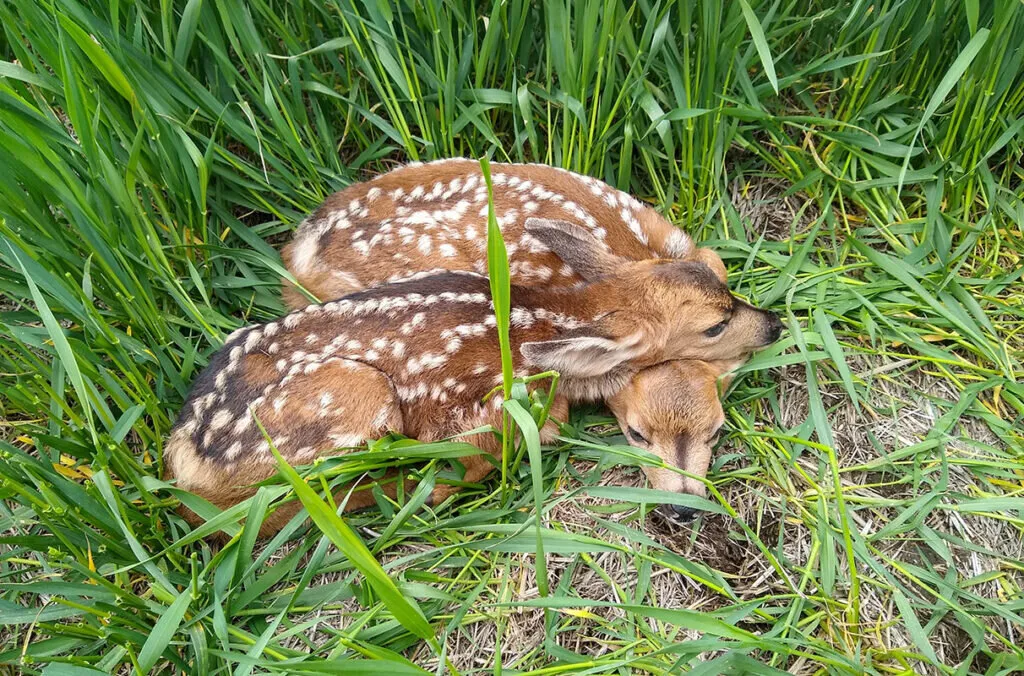In the heart of southeastern Washington, a delicate dance between agriculture and wildlife is unfolding, one that could reshape the way we think about land use and conservation. A recent study led by R. A. Hellesto from Washington State University Pullman has shed new light on the early rearing habits of mule deer fawns in an agricultural landscape, offering insights that could benefit both wildlife and the farming community.
The research, published in the journal ‘Ecosphere’ (which translates to ‘Ecosphere’ in English), focused on a 6,000 km² area dominated by winter wheat fields. The study revealed that maternal mule deer prefer shrubs and trees for fawn-rearing, as these vegetation types provide essential cover and vertical structure. “Within their summer home ranges, maternal females selected shrubs and trees, followed by grassland,” Hellesto explained. “Agricultural land cover, especially fallow, was the lowest ranked land cover type.”
The study also found that fawns themselves prefer bed sites with greater overhead canopy cover and horizontal cover, particularly when provided by woody shrubs and trees. This preference for natural cover over agricultural land could have significant implications for the energy sector, particularly in areas where energy infrastructure intersects with wildlife habitats.
The Conservation Reserve Program (CRP), a federal program that encourages farmers to restore agricultural land to natural habitats, emerged as a key player in this research. The study found that intact shrubland and grassland were higher ranked than those restored through CRP, suggesting that the quality of restored habitats could be improved.
So, what does this mean for the future? The research suggests that increasing the prevalence of quality shrubs and trees in agricultural landscapes could greatly benefit mule deer populations. Moreover, supporting and improving cropland restoration programs like CRP could enhance the quality of restored habitats, creating a win-win situation for both wildlife and farmers.
As Hellesto put it, “Our research suggests that populations of mule deer in landscapes dominated by cereal grain agriculture would benefit by increasing the prevalence of quality shrubs and trees where possible to improve cover for neonates, and supporting cropland restoration programs like CRP.”
This study is a reminder that the relationship between agriculture and wildlife is complex and multifaceted. By understanding and respecting this relationship, we can work towards a future where both wildlife and agriculture thrive. The findings could also guide future developments in the energy sector, particularly in areas where energy infrastructure intersects with wildlife habitats. As we move forward, it’s clear that a holistic, ecosystem-based approach to land use and conservation will be key to balancing the needs of both wildlife and human communities.

